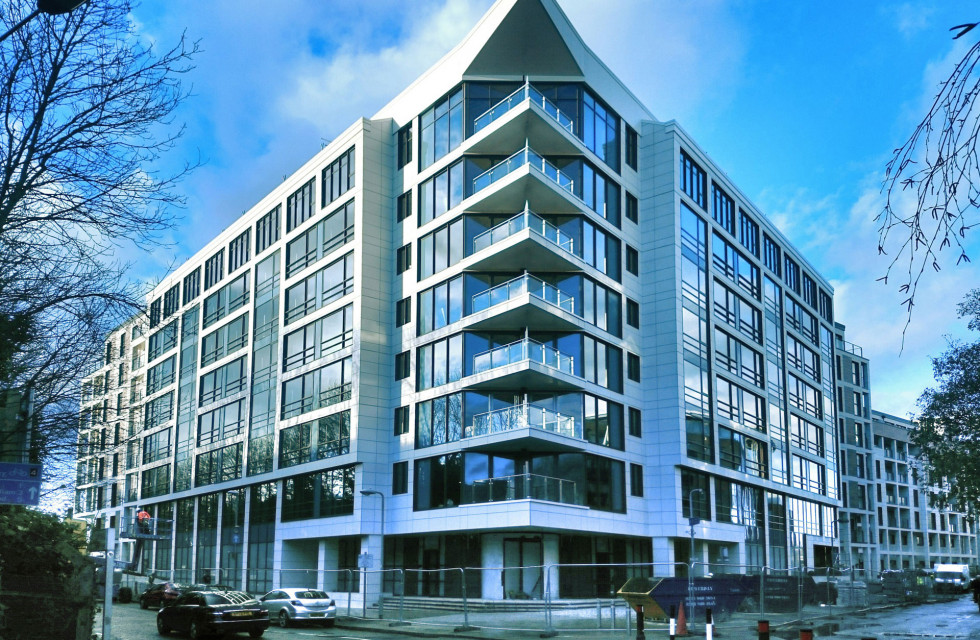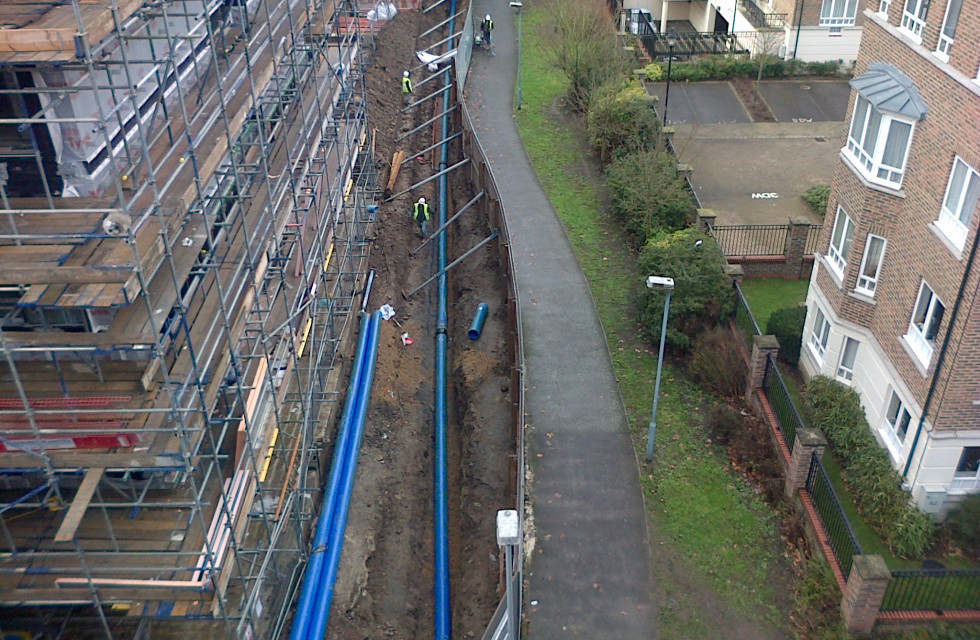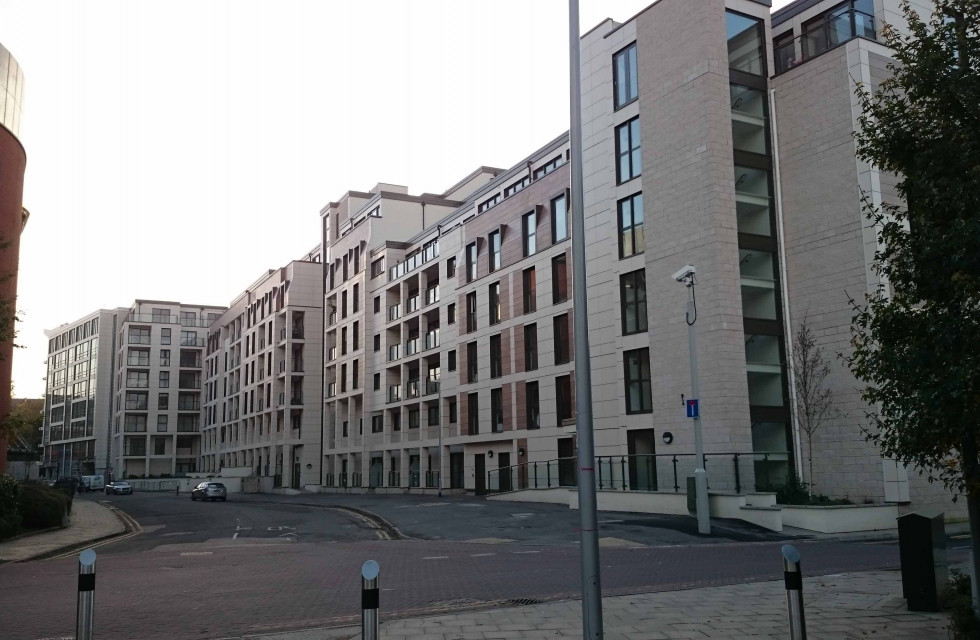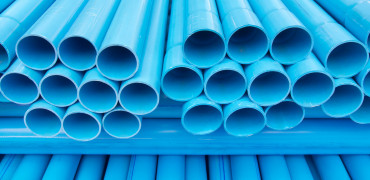However, there is another use for this energy – and another store that society is not yet capitalising on – in the form of open water and rivers.
Every single day, the sun heats up these bodies of water and using available existing heat pump technology, we can capture low-grade heat from rivers, canals and lakes and upgrade this ‘solar energy’ to provide renewable heating to our buildings – and our communities.
If this sounds like theory, it is worth pointing out that the Government recognised this possibility In August 2014, when The Department of Energy & Climate Change (DECC) introduced a water source heat map of England to help illustrate the opportunities available for deploying heat pump technology in the country’s river and open water sources.
The map – which is still available here shows the major conurbations and cities which are served by suitable bodies of open water.
We’ve also seen it being used successfully in projects such as Kingston Heights, where low-grade heat is harvested from the River Thames, pumped 200 metres to an apartment development and then upgraded further for heating and hot water.
In fact, this concept of an energy loop can even be extended from individual buildings to a whole community or network, with current heat pump technology enabling single buildings, businesses and homes to all receive renewable heating with itemised billing for all.
But I’ve only just started on what we can look to do once we grasp the concept of an energy loop and how it relates to the built environment so watch out for further posts from me on how we can – and should – be using energy that would otherwise be wasted, to supply comfortable places to ‘work, rest and play’.
We’ve created an animation that explains more about an energy loop system using renewable solar energy.






